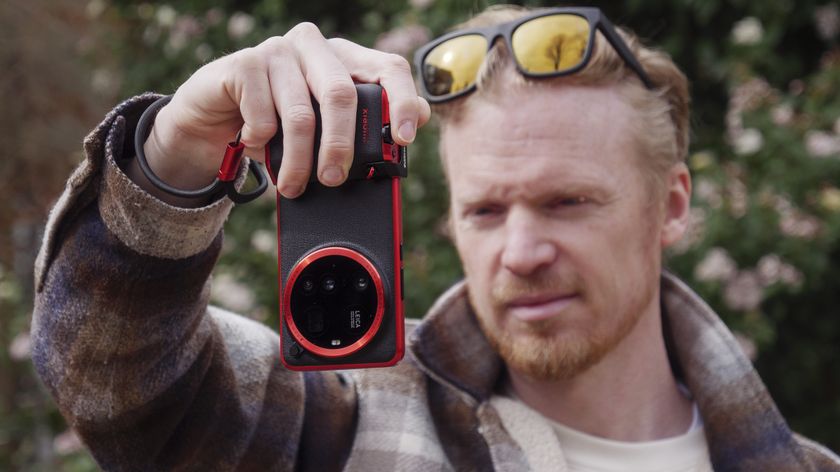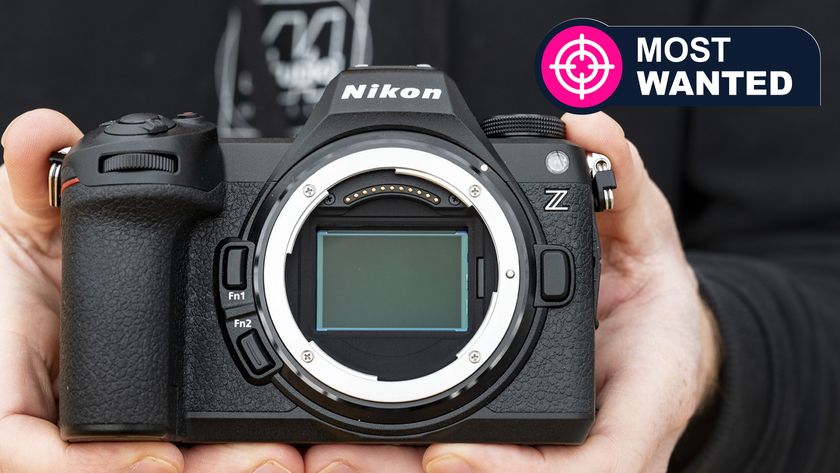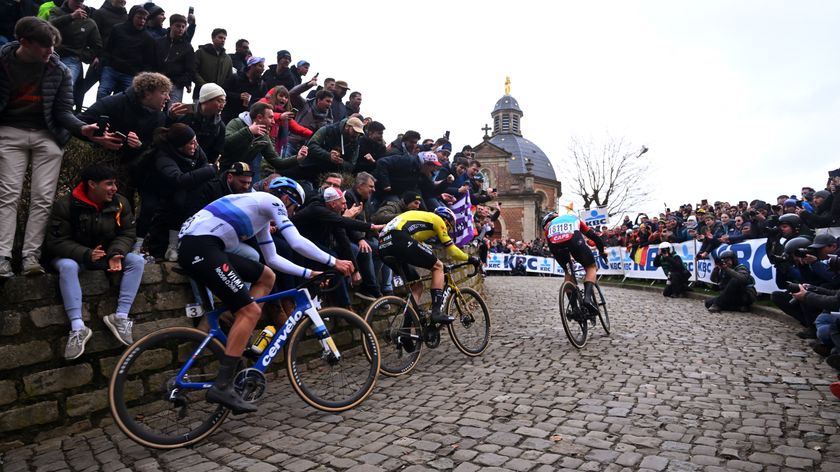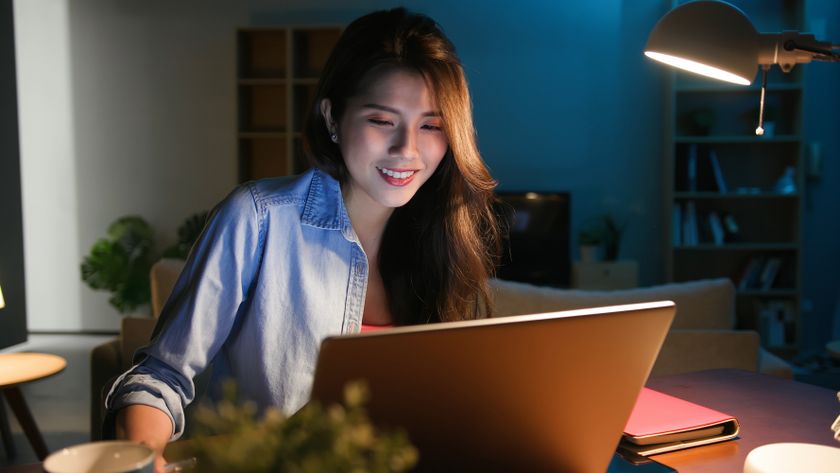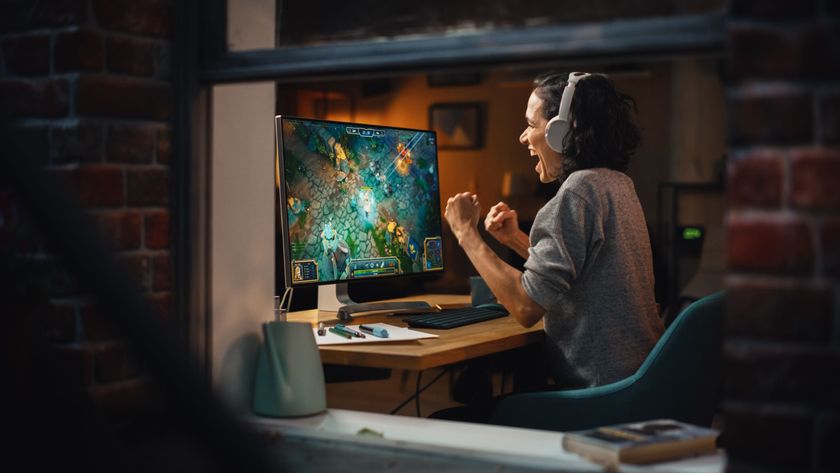Photography Lighting: how to take control of everything from natural light to flash
Quality of light
Master shooting in low light conditions
In his section we take a look at the best settings and methods to use when shooting in low light.

From dimly lit interiors to shooting outdoors before sunrise or after sunset, shooting in low light presents very different challenges to shooting in bright conditions.
It's often difficult to get the right exposure using the automatic modes in dark conditions, so you'll need to master Manual mode.
These conditions can also make things like focusing and white balance more challenging, but it's worth overcoming them, because shooting in low light can result in stunning images.
Exposing in low light
Shooting in darker conditions can play havoc with your camera's exposure settings, especially if you're using any of the automatic exposure modes, because the subject will rarely contain a normal range of tones.
In most low-light situations you will get much better, and more predictable, results by switching to Manual.
If the subject contains mainly dark tones you'll find that your camera will over-expose your shots. This is easily visible, as there will be too much detail in the shadow areas.
Get daily insight, inspiration and deals in your inbox
Sign up for breaking news, reviews, opinion, top tech deals, and more.
The best way to assess the exposure is to take a test shot, and then check the histogram graph. If there's a gap to the left, the image is over-exposed so you need to use a faster shutter speed, smaller aperture or lower ISO.
When it comes to choosing the exposure settings for shooting in low light you have some decisions to make.
Firstly, do you need to use a fast shutter speed to freeze movement or prevent camera shake if you are handholding the camera, or are you happy to put the camera on a tripod and use long shutter speeds?
To use a fast shutter speed in low light you'll have to use a high ISO setting, such as 800 or above. But when using a tripod you should set a lower ISO such as 200 or lower for the best quality.
READ MORE
12 common errors of night photography (and how to solve them)
NIght Photography Tips: 9 essential steps for beginners
Night Photography: how to set up your camera to shoot anything
Shooting in twilight vs complete darkness

Twilight
The soft, cool light that occurs for a short time before sunrise or after sunset can produce stunning conditions for photography.
You should try to shoot when there is still some colour and detail left in the sky, so you won't have a long time to get your shots.
Most of the light at these times will be reflected from the whole of the sky, so the light is usually very soft, and has a blue colour.
The light levels at twilight will be very low, so it's perfect for exploring long-exposure techniques, such as blurring moving clouds or water. Make sure your camera is on a tripod, and that you use a remote release.
Nightscapes
From street lights and traffic to moonlight, there are plenty of light sources that you can use for amazing images even after dark.
The mixture of bright lights and dark shadows of your local town or city after dark are perfect for shooting nightscapes.
Keep the noise down
To minimise noise when shooting long exposures, switch your camera's Long Exposure Noise Reduction function on. This usually only works for shutter speeds longer than around five seconds though.
READ MORE
Night Sky Photography: pro secrets for stunning landscapes
Painting with light: what you need, and where and how to do it
Free night photography exposure guide
How to shoot handheld in low light
Here's how to set up your camera for shooting handheld in low light

1 Set the ISO
Set your ISO to a high setting such as 800, and then check the shutter speed that you need to get the correct exposure. If this is still too slow to hold the camera steady, increase the ISO to 1600, or even 3200.

2 Keep it steady
If your lens or camera has an image stabilisation facility make sure that it's turned on to reduce camera shake. Remember that this won't help reduce blur due to subject movement though.

3 Focus help
If you need to use autofocus, make sure that it's set to use the centre AF point, because on the majority of cameras this is the most sensitive and accurate point in low-light conditions.
READ MORE
10 quick landscape photography tips
The landscape's greatest challenges: free photography cheat sheet
Creative landscape photography: master the dark art of shadows and shade
